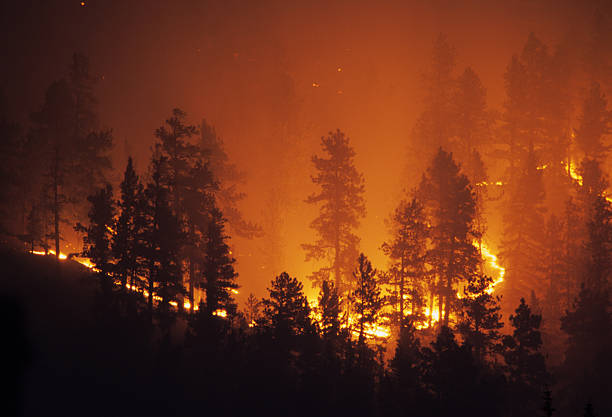A New Way to Fight Wildfires
Australia’s wildfires have become a major threat to the country.
With the tremendous amount of media coverage that the Australian wildfires have gotten, it’s impossible to still be in the dark about the increased natural disasters happening worldwide. Being one of many, the fires in Australia have been burning for two months, destroying over 12 million acres of land and severely damaging all aspects of their ecosystem, according to Time Magazine.
The severity of the fires call for a plethora of resources, including firefighters, which are a struggle to supply. One reason firefighters are difficult to provide is their extensive training process.
Former Adams student Keith Leach is currently pursuing a firefighter career, and claims, “The process of becoming a firefighter usually takes three to four months, which is not nearly fast enough to continually provide a sufficient amount of firefighters to the disaster scene.”
However, this may change very soon. Australian company FLAIM Systems has developed a new way to train firefighters using a recent, innovative technology—virtual reality, or VR. Aspiring firefighters can now wear a headset that can simulate real life situations to assist in firefighter training. Trainees are able to walk through procedures in imaged houses, vehicles, and even the wilderness. They can experience all the features of a real emergency, such as the fire, the smoke, etc. which appear realistic enough to be effective in training.
In addition to wearing the headset for the simulations, trainees wear a specialized heat suit to allow the other elements of the emergency situations, such as temperature and weight of equipment, to be controlled. This outfit also allows FLAIM systems to monitor the person under the headset, including tracking their breathing and heart rate.

Virtual reality can be experienced through a headset that displays realistic images.
“The whole point of VR is that we can put people in a traditionally dangerous situation, let people make decisions, and let people make mistakes,” said James Mullins, founder and CEO of the Australian company.
The new training process was tested out by Australia’s Country Fire Authority last year, and has been deemed a very valuable tool. It even received Startup of the Year in Australia in 2019, although it has not yet been approved for extensive public use.
Hopefully this new technology can be implemented worldwide in the near future. This innovation could save Australia from its current raging wildfires, but also could significantly reduce fire risks all around the world if allowed to continue developing.







